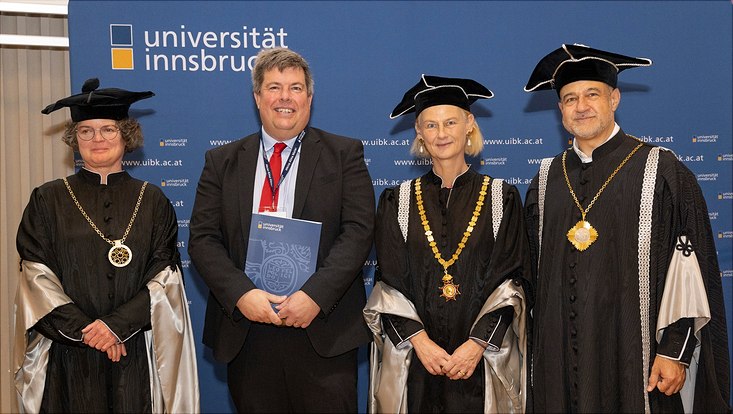Theory of many-body quantum optical systems
We study the dynamics of quantum optical many-body systems and their applications in nascent quantum technologies. We also develop quantum algorithms for solving non-linear optimization problems focusing on applications in fluid flows and design questions.
Light-matter interactions in the ultimate quantum limit
Cavities are routinely used to tailor the spectrum of the electromagnetic field and enhance its coupling to quantum matter. Theories describing either matter or light fully quantum mechanically are well developed. Far less is known about many-body quantum systems interacting with quantum light inside strongly coupling cavity. We study how such coupling in the quantum limit leads to novel types of entangled light-matter excitations and enhances photon mediated long-range interactions at a microscopic level, and also how these manifest themselves in macroscopic functional properties of quantum matter. For instance, we have recently identified a photon induced electron pairing mechanism that might lead to unusual superconducting states with non-trivial topological properties. The ability to control such properties externally by lasers makes them particularly interesting for designing unconventional quantum phases of matter and dynamically switching between them.
Quantum Computational Fluid Dynamics
Scientific and technological progress in many fields is determined by the ability to accurately predict and optimize complex fluid flows. The wide range of length and time scales that must be considered in such problems poses challenges for researchers. The options currently available are not sufficient to meet the future requirements of users in science and industry. We tackle this challenge by developing variational quantum algorithms for solving a wide range of fluid flow problems. These algorithms constitute a radical departure from standard computational fluid dynamics. They only require quantum registers with a number of qubits that scales logarithmically with the range of length scales that need to be covered and could thus make it possible to achieve a quantum advantage on quantum computers consisting of only a few hundred qubits. In addition variational quantum algorithms are particularly promising as early quantum computing applications since they are comparatively noise tolerant.
Non-equilibrium quantum many body systems
Strong light fields take quantum matter far out of equilibrium. This makes standard response theories inadequate and qualitatively different approaches that appropriately describe non-perturbative coherent and incoherent non-equilibrium processes are needed. We explore metastable steady states of driven dissipative many-body quantum systems, their behavior near critical points, the role of topology, and the synchronization of their quantum degrees of freedom. A major goal of this research is identifying quantum phases with unique macroscopic properties that are inaccessible in thermal equilibrium. For instance, recent theoretical results indicate that exotic quantum phases can be induced by optical driving that may help explaining experiments showing optically induced transient superconductivity.




